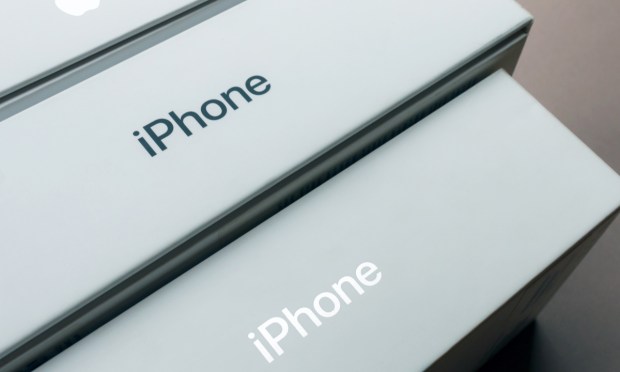Apple Adds iPhone 14 and New Macs to Self-Service Program

Apple has expanded its Self-Service Repair program to include some of its latest devices.
The tech giant announced last week that its iPhone 14 lineup and new Mac models are now included in the program.
Launched last year, the Self-Service Repair program gives anyone with experience with electronic device repair access to the same manuals, parts and tools used at Apple Stores and Apple’s authorized service providers.
“Apple will also make the System Configuration process used for iPhone repairs, such as displays, batteries, and cameras, even easier to use,” the company said in a news release.
This process is a post-repair software tool that makes sure repairs using genuine Apple parts were conducted properly and the parts are working correctly, and is available for free to all Self Service Repair users and participating service providers in Apple repair programs.
In addition, System Configuration — in repairs involving biometric authentication — links the biometric sensors to Apple’s Secure Enclave on the logic board to ensure the device’s security and the customer’s privacy.
“Self Service Repair users can now initiate System Configuration by placing their devices into Diagnostics mode and following on screen prompts,” Apple said. “Users no longer need to contact the Self Service Repair support team to run the final step of a repair, but the team will still be available to assist as needed.”
Apple debuted its self-service program last year, following a July 2021 Federal Trade Commission ruling that said electronics makers could not restrict independent shops from repairing customer devices.
As PYMNTS wrote, “the thinking is that these independent businesses can’t compete when larger companies release products that aren’t easily fixed, or can’t be fixed in an economical fashion. This lack of choice can inflate repair prices to the point where buying a new product is cheaper than getting something fixed.”
Meanwhile, PYMNTS recently looked at Apple’s Vision Pro, a virtual and augmented reality headset that — as CEO Tim Cook said — is “the first Apple product you look through and not at.”
With more than 100 games due to be unveiled in the coming year, Apple could be betting that it attracts tech-savvy, game-playing consumers, that report noted. This group could include the zillennial and millennial age cohorts, which are largely gaming console fans.
“Apple’s fan base and others who can afford Vision Pro’s hefty price tag may be waiting for the product’s eventual launch, but it is too soon to say if the broader consumer population will buy in,” PYMNTS wrote.
Considering the similar concerns about high consumer costs that plagued Vision Pro’s predecessors — and their relatively low prices compared to Apple’s offering — the wearable prospects for future success are cloudy, even though many of the augmented reality innovations stemming from these wearables might have real-world uses.

